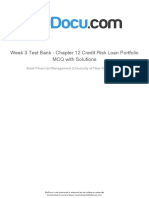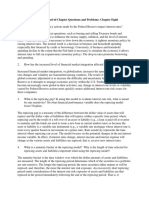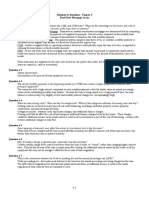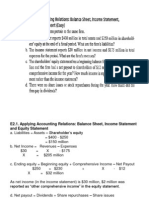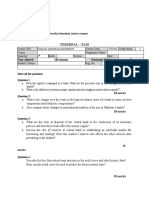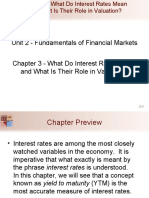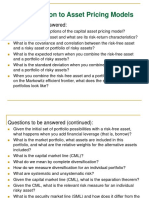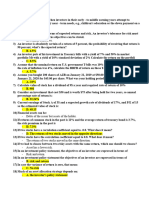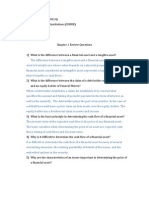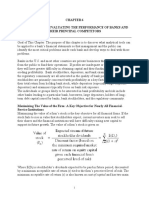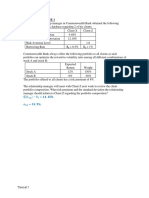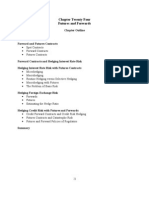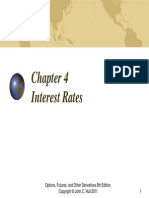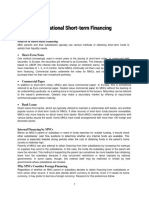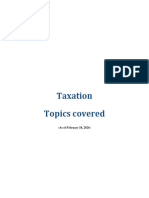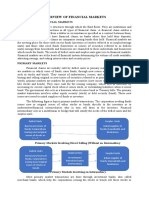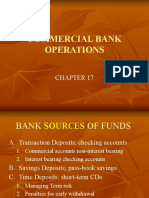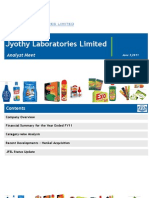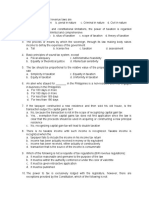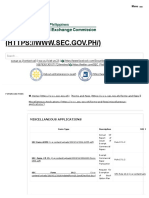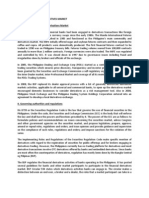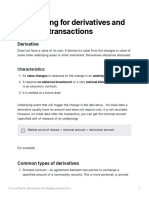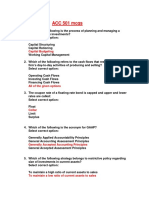0% found this document useful (0 votes)
340 views55 pagesChapter 4 (Interest Rate) Lecture File
This document discusses different types of interest rates including Treasury rates, LIBOR rates, Fed funds rates, and repo rates. It explains how these rates are determined and defines terms like LIBOR, LIBID, and continuously compounded rates. Examples are provided for converting between continuously compounded rates and other compounding methods. The document also discusses zero rates and provides an example of pricing a bond.
Uploaded by
Kobir HossainCopyright
© © All Rights Reserved
We take content rights seriously. If you suspect this is your content, claim it here.
Available Formats
Download as PDF, TXT or read online on Scribd
0% found this document useful (0 votes)
340 views55 pagesChapter 4 (Interest Rate) Lecture File
This document discusses different types of interest rates including Treasury rates, LIBOR rates, Fed funds rates, and repo rates. It explains how these rates are determined and defines terms like LIBOR, LIBID, and continuously compounded rates. Examples are provided for converting between continuously compounded rates and other compounding methods. The document also discusses zero rates and provides an example of pricing a bond.
Uploaded by
Kobir HossainCopyright
© © All Rights Reserved
We take content rights seriously. If you suspect this is your content, claim it here.
Available Formats
Download as PDF, TXT or read online on Scribd
/ 55




